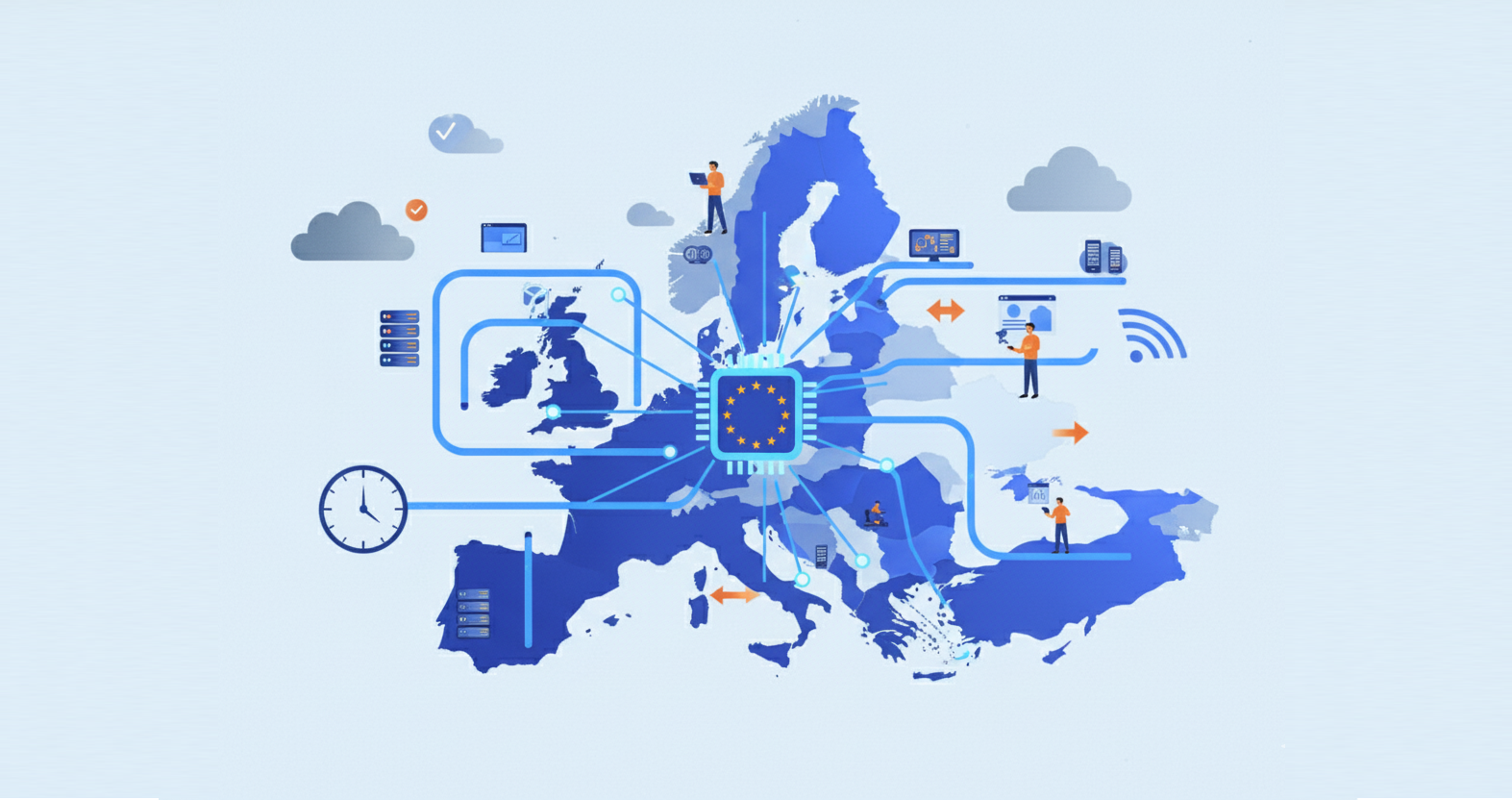Navigating Compliance Standards in Cloud Security
.png)
Navigating Compliance Standards in Cloud Security
In today’s fast-paced digital world, compliance with cloud security standards is essential for businesses aiming to protect data and maintain trust. Understanding the landscape of regulations and aligning your cloud security practices accordingly is key to safeguarding your business and supporting sustainable growth. Let’s dive deeper into how you can confidently navigate compliance standards in cloud security.
Identify Applicable Compliance Standards
The first step in navigating compliance is knowing which standards apply to your business and industry. Common frameworks include GDPR for data privacy, HIPAA for healthcare information, PCI DSS for payment card security, and ISO 27001 for information security management. Each standard has specific requirements that influence how you secure your cloud environment. We recommend conducting a thorough assessment to map relevant regulations to your operations, ensuring you focus on the right priorities.
Develop a Compliance-Centric Cloud Security Strategy
Integrating compliance into your cloud security strategy ensures that security controls align with regulatory demands. This involves defining policies, implementing technical safeguards, and establishing processes that meet or exceed compliance requirements. A compliance-centric approach helps you avoid gaps that could lead to violations or data breaches. Documenting your strategy clearly supports audits and demonstrates your commitment to security and privacy.
Leverage AI-Driven Automation for Continuous Compliance
Manual compliance management can be complex and resource-intensive. AI-driven automation simplifies this by continuously monitoring your cloud environment, detecting deviations, and generating compliance reports in real time. Automated tools help you identify risks early, enforce policies consistently, and adapt quickly to regulatory changes. This proactive stance reduces total cost of ownership and strengthens your security posture.
Ensure Data Protection and Privacy
At the heart of most compliance standards is the protection of sensitive data. Implement privacy-first measures such as data encryption, access controls, and secure data handling practices. Regularly audit data flows and storage locations to identify vulnerabilities. Transparent privacy policies and practices not only meet regulatory demands but also build customer trust and loyalty.
Train Your Team on Compliance Responsibilities
Compliance is a collective effort that requires informed and engaged team members. Provide ongoing training to ensure everyone understands their role in maintaining compliance and follows best practices. Awareness programs reduce risks related to human error and foster a culture of accountability. Encourage open communication to promptly address concerns or potential issues.
Conduct Regular Audits and Assessments
Routine audits and assessments help verify that your cloud security measures comply with applicable standards. Use both internal reviews and external audits to gain comprehensive insights. These evaluations identify weaknesses, validate controls, and guide continuous improvement. Keeping audit documentation organized and accessible simplifies regulatory reporting and builds confidence with stakeholders.
Choose Integrated Compliance Management Solutions
Managing compliance across multiple standards and cloud services can be challenging. Integrated compliance management platforms provide centralized visibility, automate workflows, and streamline reporting. These solutions reduce complexity and operational overhead.







